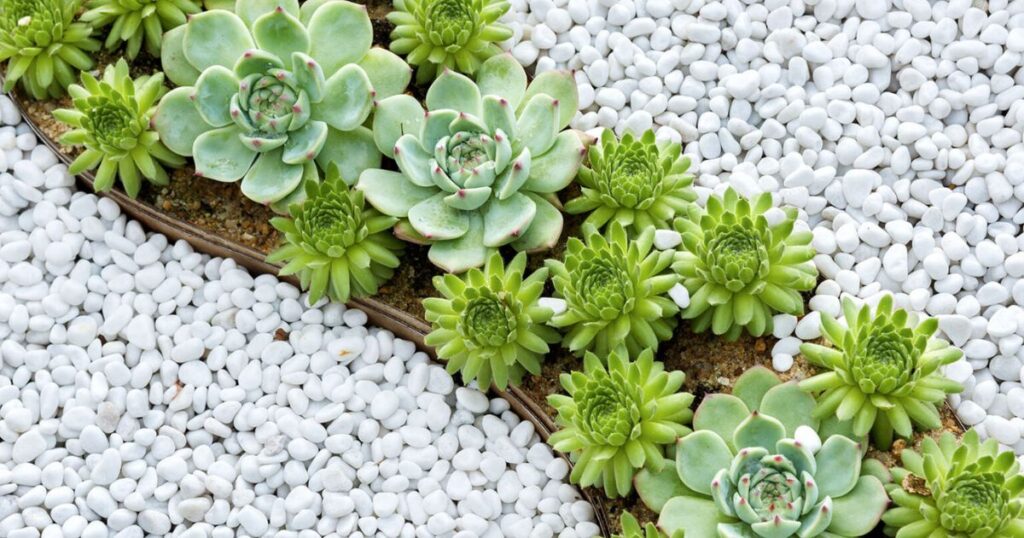Succulents, known for their hardiness and water-retaining properties, have a remarkable lifespan. Long Can Succulents Live refers to the duration these resilient plants can thrive under suitable conditions. Succulents are adaptable and can withstand various environments, contributing to their longevity. Their lifespan is influenced by factors such as species, care practices, and environmental conditions.
Picture a world where vibrant succulents grace gardens and indoor spaces, their endurance captivating enthusiasts. The question itself, How Long Can Succulents Live sparks curiosity about the secrets behind their prolonged existence. From the tenacious Sempervivum to the elegant Echeveria, each succulent species carries its own tale of endurance.
Succulents exhibit a wide range of lifespans, with some varieties living for several years or even decades. With proper care, these plants can outlast many other houseplants. Understanding the factors that contribute to their longevity, such as well-draining soil, adequate sunlight, and mindful watering, empowers succulent enthusiasts to create an environment where these plants can flourish and thrive for an extended period.
How Long Can Succulents Live?
Succulents, known for their resilience, lack a specific lifespan. The longevity varies based on factors like species, care, and environmental conditions. Some succulents can thrive for decades, while others might have a shorter life cycle. It’s crucial to understand the diverse lifespans within this broad plant category. Additionally, enthusiasts often inquire, big can a succulent get as size is another variable influenced by these factors.
Most Common Succulents and their Average Lifespan

Popular succulents, such as Aloe Vera and Echeveria, showcase varying lifespans. Aloe Vera, well-known for its medicinal properties, can endure for 15 to 25 years with proper care. Echeveria, with its rosette-shaped leaves, typically lives for 3 to 5 years. Knowing the average lifespan of common succulents helps enthusiasts plan and care for their plants accordingly.
How to Keep Succulents Alive?
To ensure your succulents thrive, focus on well-draining soil, adequate sunlight, and minimal watering. Overwatering is a common pitfall, leading to root rot. Instead, let the soil dry between watering sessions. Additionally, position succulents in areas with plenty of sunlight, as they often flourish in bright, indirect light. These simple care practices contribute to a longer and healthier succulent life.
Table: Average Lifespan of Common Succulents
| Succulent | Average Lifespan |
| Aloe Vera | 15-25 years |
| Echeveria | 3-5 years |
| Jade Plant | 20+ years |
| Haworthia | 3-5 years |
What’s The Average Succulent Lifespan?
Understanding the average lifespan of succulents helps enthusiasts gauge expectations. On average, well-cared-for succulents can live anywhere from 3 to 25 years. Factors like species, growing conditions, and attentive care play pivotal roles in determining the longevity of these unique plants.
Understanding Succulent Growth
Succulent growth involves distinct phases, from germination to maturity. During optimal conditions, succulents exhibit robust growth, forming unique shapes and patterns. Providing the right environment, nutrients, and protection against pests supports healthy growth and contributes to an extended lifespan.
Keeping Succulents Alive
Maintaining succulent health involves a balanced approach. Ensure they receive adequate sunlight, employ well-draining soil, and adopt a mindful watering schedule. Regularly inspect for signs of pests or diseases and promptly address any issues. By fostering a conducive environment, you contribute to the overall well-being and prolonged existence of your succulents.
Helping Your Succulents Live Longer
Succulents can live longer with consistent care. Rotate them to ensure even sun exposure, report when necessary, and propagate to create new plants. Observing and adapting to your succulents’ unique needs cultivates an environment where these resilient plants can thrive for an extended period, enhancing your green oasis.
FAQ’s
What is H3 and how does it differ from other spatial indexing systems?
H3 is a spatial indexing system that organizes the world into hexagons. Unlike traditional systems, it offers a global hierarchical structure for efficient geospatial indexing.
Can H3 be used for both point and area-based spatial data?
Yes, H3 is versatile and can be applied to both point and area-based spatial data, making it suitable for a wide range of geospatial applications.
How does H3 handle resolution levels, and what is their significance?
H3 utilizes resolution levels to represent different granularities of hexagons, allowing users to balance precision and computational efficiency based on their specific needs.
What are the advantages of using H3 for geospatial analysis and visualization?
H3 provides a uniform grid that aids in simplifying complex geometries, offers efficient neighbor-finding capabilities, and facilitates spatial analysis and visualization with consistent hexagonal shapes.
In which programming languages is H3 available, and how can developers integrate it into their projects?
H3 is available in various programming languages, including Python, JavaScript, and others. Developers can integrate it into their projects using H3 libraries or APIs tailored to their preferred language.
Conclusion
In wrapping up, H3 emerges as a valuable tool for geospatial tasks, offering a unique hexagonal grid system that simplifies the representation of our world. Its adaptability to handle both point and area-based data, coupled with the flexibility of resolution levels, makes it versatile for a multitude of applications. With H3, users can efficiently organize, analyze, and visualize geographical information, enhancing the precision and speed of spatial tasks.
In the realm of programming, H3 stands accessible in various languages, ensuring that developers can seamlessly integrate it into their projects. Whether working with Python, JavaScript, or other languages, the availability of H3 libraries and APIs simplifies the incorporation process. This accessibility, coupled with the advantages of uniform hexagonal grids, positions H3 as a valuable asset for those navigating the complexities of geospatial analysis and visualization in diverse programming environments.










